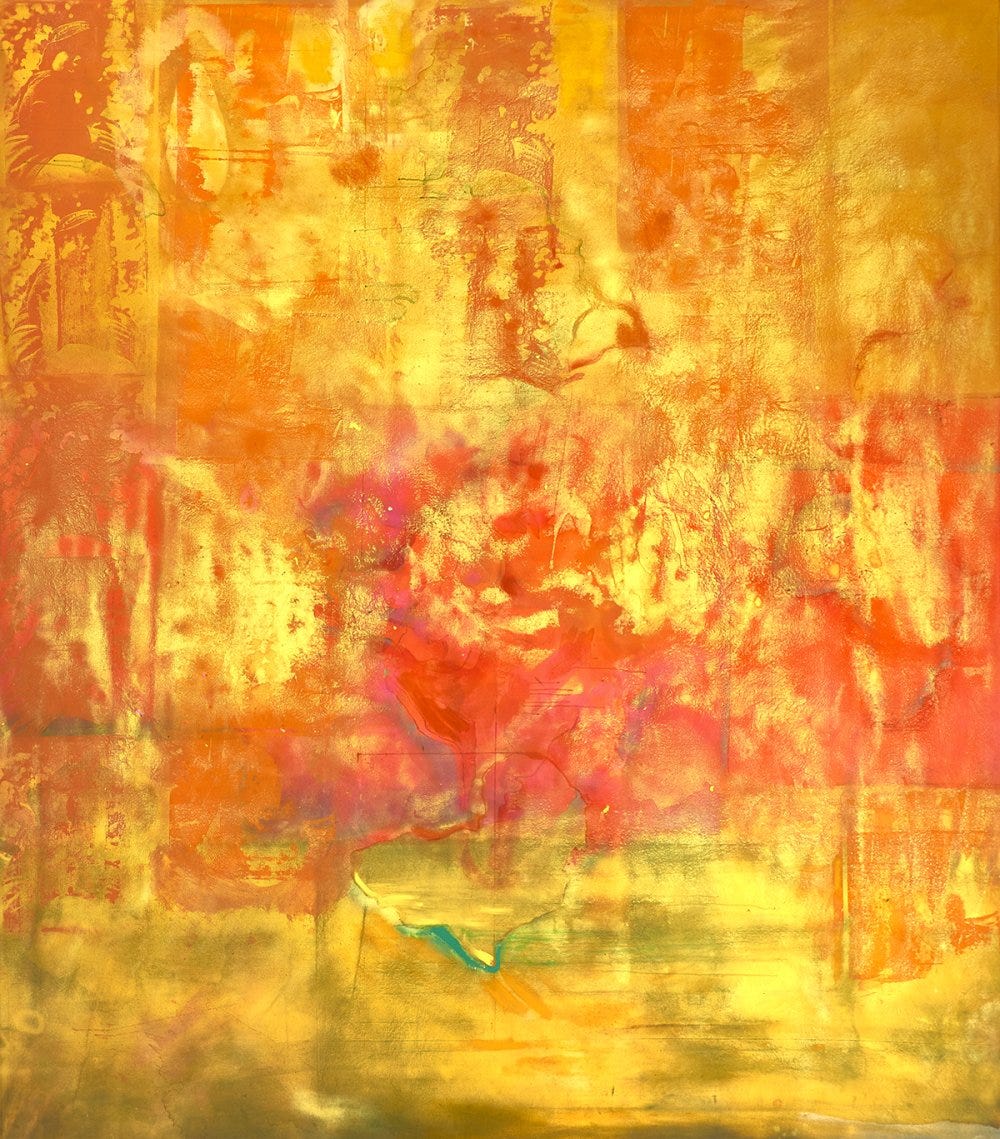
This week I went to see the new show at the Royal Academy in London. It’s called Entangled Pasts: 1768-now: Art, Colonialism and Change, and it looks at the relationship between Britain’s imperial histories and the visual arts, and how art shapes narratives of empire, slavery and resistance. The explicit aim of the show, the curators say, is to explore how the effects of colonialism have permeated this British art establishment, whilst presenting the actual experiences of black and brown people over the past 250 years.
Almost every single art critic reviewing this show has described it as groundbreaking, extraordinary, or radical. I didn’t think it was any of those things. In fact the subject matter was so tamed and contained, that it made me a little bit annoyed. I kept waiting to see the realities of the violence and cruelty of our colonial history, but it never came. Occasionally it was hinted at. One art critic who gave the exhibition a 5-star review described the curatorial approach as shocking and enlightening, praising ‘the ideas embodied through art itself rather than via the deadening wall texts that instruct us round similar shows.’
I couldn’t disagree more. There was nothing shocking about this show — although it could have been if more explanation from the curators had been provided. It did, however, make me think about the lack of knowledge we have as a nation about the history of our empire and its pernicious presence in people’s lives today. British imperial history is not taught coherently and comprehensively in schools, but it should be. Given this gaping hole in our education on such a fundamentally important subject, it’s incumbent on our museums and galleries to fill in the blanks. This show had the potential to be an educational eye-opener, but instead it was a meandering, surface-level mess.
The truth is that our imperial history was violent, cruel and inhumane. The elites who ran the empire operated with the arrogance of power, exploiting landscapes and repressing people everywhere they went, motivated by money and greed. None of this was made explicit in this exhibition and you can’t possibly understand the huge gulf between image and reality if you’re not given the context and you’ve never learnt about it.
The theme that largely dominated the show, as far as I could see, was the erasure or sidelining of black and brown subjects from paintings in the past. In the first room we see examples of the very few extant portraits of black men from the 18th century, whose identities we don’t even know. This in stark contrast to the thousands of portraits that exist of named white men and women. In the second room we see images of black and brown people either vanquished by white men in battle, represented in servitude, or hidden away at the back of the scene. Whilst this theme of erasure in Western art is important to acknowledge, it is certainly not new or radical information.
The opportunity was there to present other perspectives, to show historical sources alongside these images that suggest realities other than the sanitised western visual representations of imperial history. But no. Now don’t get me wrong, I love Kehinde Wiley’s celebratory portraits of black men and women, and Barbara Walker’s beautiful drawings that rework Old Masters. These artists bring the black subject to the foreground, challenging us to think about who has been sidelined or is invisible in art history. But give us more on why and how this happened.


In another room gallery-goers are presented with 18th and 19th century colonial landscape paintings and images of wealthy British colonial families, all presenting an idyllic representation of the British empire. But what was the reality? The happy, harmonious, frolicking scene of the Caribbean as portrayed in Agostino Brunias’s View on the River Roseau, Dominica (1770-80), which depicts people of African, European and mixed heritage chatting and bathing together, shows no evidence of the violence of the plantations nearby, we are told. OK. Can we please have some more information about the violence of the plantations then? Could the curators provide more context about the realities of colonial existence for the slaves who worked and died in horrific circumstances nearby?
Representations of empire were exoticised, white-washed, sanitised versions of the truth. So give us the truth alongside this, don’t just hint at it, or refer to it. This stuff isn’t nice to look at or read about, but it’s only by facing the painful realities of the past that we can really understand the systemic inequalities and prejudices that still operate in the present. We have to know more about our history in order to see these legacies of racism still functioning all around us today. You only need to look at what happened with the Windrush scandal here in Britain in the past ten years to see a clear example of that.
Contemporary work is threaded through the exhibition and much of it is powerful stuff, but again the curators could have done much more to explain the history of empire and slavery so as to put these artworks in context. In one room titled ‘Crossing Waters’, a couple of J.M.W. Turner’s seascapes from the 19th century were paired with works by contemporary artists. In the darkness of this room Frank Bowling’s fiery abstract painting Middle Passage is visually stunning, and when you look closer you can see the faint suggestion of faces in amongst the rich reds and yellows. But if you don’t know what it’s referring to, the full power of the painting is lost. Similarly with El Anatsui’s driftwood sculpture Akua’s Surviving Children (1996).
Both artworks directly address the ‘middle passage’ journey that millions of slaves underwent in the cruellest conditions, crossing the Atlantic Ocean from the African continent to the Americas. Chained up for months below deck with little room to move, many didn’t survive the journey; those who became seriously ill or who were pregnant got tossed over board. How many gallery-goers actually know much about the history of the British slave trade? I would hazard a guess at not many. Contextual information is key in an exhibition like this.
There are many ways to communicate this knowledge creatively so as to avoid ‘deadening walls texts’. It’s something that the Fitzwilliam Museum in Cambridge achieved brilliantly IMO in their exhibition last year entitled Black Atlantic: Power, People, Resistance. Like the Royal Academy its stated aim was to demonstrate how our visual culture is integral in shaping social narratives that can be used to justify and reinforce biases and prejudices with devastating human consequences. What the Fitzwilliam achieved was a class-act lesson in how museums can tell and reflect on histories, increase understanding and reframe attitudes. The exhibition was one of the best I’ve ever seen, and it was free entry — compared to the Royal Academy’s £22 ticket price for this show.
It was also an extraordinarily honest look at the ways in which the Fitzwilliam Museum has benefited from and continues to benefit from the financial legacies of slavery and the slave trade. I didn’t see any of that level of scrutiny in the Royal Academy’s show, except to acknowledge that wealthy patrons of the arts had likely partly become rich from investments in empire and slavery.
It wasn’t just the patrons though, it was some of the Royal Academicians themselves. It reminded me of an exhibition I saw at Turner Contemporary in Margate a couple of years ago that highlighted how Turner, one of Britain’s most revered painters today, made his own slave-related investments. Shortly before the Slave Trade Act was passed in 1807 Turner himself had bought a £100 share in a slave-owning company which ran the Dry Sugar Work estate in Jamaica. I was looking for these nuggets of honesty in this Royal Academy exhibition. But it was all just a bit too safe and nice.
Saying all that, I really enjoyed some of the contemporary art in the show, including Hew Locke’s Armada, a huge installation of hand-made boats, floating quietly in the air at eye-level. The vessels are headed in the same direction like a shoal of fish, all different sizes from 18th century sailing ships to small motorised boats. It made me think less about the history of empire and more about the flotilla of private boats and merchant vessels that were called on to evacuate British troops from the beaches of northern France as they fled the Nazis at Dunkirk in WW2. For Locke the work is autobiographical as boats have featured so prominently in his life since childhood:
Then there was John Akomfrah’s epic and beautiful 3-screen film Vertigo Sea (2015) which weaves together histories of migration, enslavement and colonisation with conflict and ecological concerns. It’s about the beauty of nature and the precariousness of human life. And Lubaina Himid’s Naming the Money (2004), a vast installation of lifesize cutouts representing enslaved Africans forced to work as dog trainers, dancers and the like after being shipped over to 18th-century Bristol.
All of the contemporary artworks were thought-provoking and moving, but they weren’t tied in effectively with the historical pieces to create a compelling story about empire. How much information should curators provide? This is a question I’ve talked about before. It depends. Sometimes more explanation is needed, sometimes a lighter curatorial hand is enough. I don’t think every exhibition needs to do heavy educational work. But this was an opportunity missed.
As always Gallery Companions, I’d love to know what you think about the art and ideas I’ve talked about here. And if you’ve seen the show let me know your thoughts on it. Perhaps I’m being a bit harsh, but for me it felt like a vain and surface-level attempt to grapple with a subject that demands so much more.

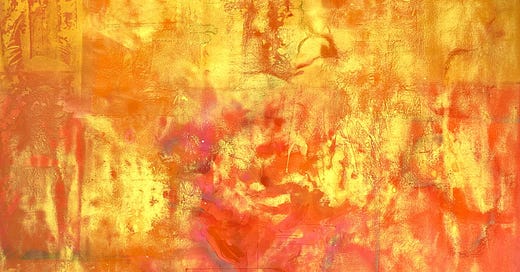
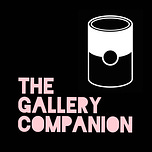






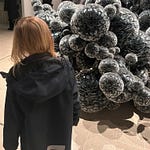
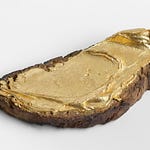
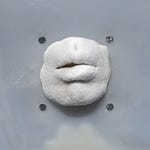
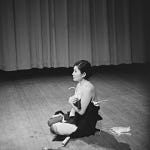


Share this post